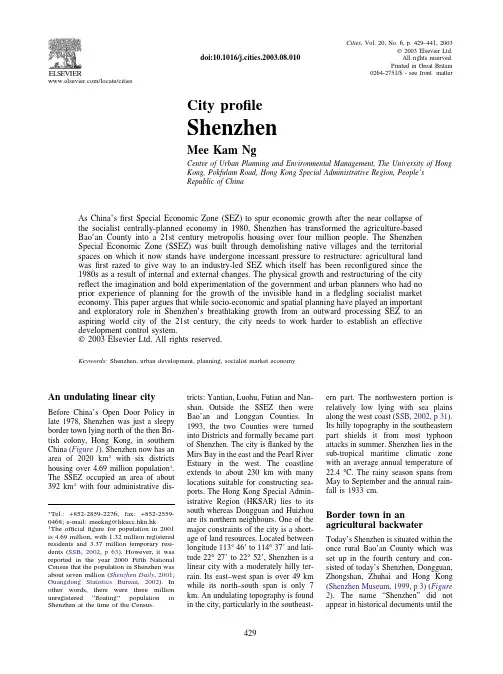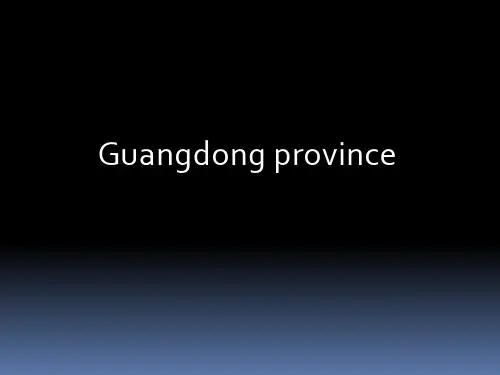深圳英文介绍PPT-产品英文介绍ppt
- 格式:pptx
- 大小:4.30 MB
- 文档页数:17











介绍深圳英语作文模板英文回答:Introduction to Shenzhen。
Shenzhen, a vibrant metropolis nestled along the southern coast of China, has emerged as a global hub for innovation, technology, and finance. Boasting a population of over 12 million people, Shenzhen is a city of contrasts, where modern skyscrapers soar above traditional temples and bustling markets.History。
Shenzhen's history can be traced back to the 16th century, when it was a small fishing village known as Dapeng. In 1979, it was designated as China's first Special Economic Zone (SEZ), marking the beginning of its remarkable transformation.Economic Development。
Shenzhen has experienced exponential economic growth since becoming an SEZ. It has become a major manufacturing and export center, and is home to some of the world's largest technology companies, including Huawei, Tencent, and DJI. The city's gross domestic product (GDP) has grown at an average of over 9% annually since 1979.Innovation and Technology。